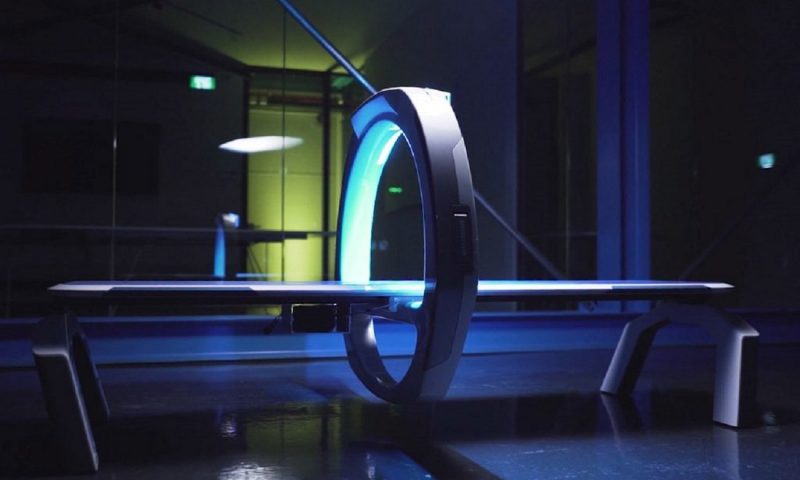With the FDA’s 510(k) clearance of its Star Trek-inspired digital imaging machine, Israeli startup Nanox has its course set for the final frontier.
The agency green-lighted on Friday the company’s single-source Nanox.ARC digital X-ray bed, which, modeled after the sci-fi series’ “biobed,” replaces the heated metal filament at the core of traditional imaging technology with its own “cold cathode” hardware. According to Nanox, that swap, along with its proposed price-per-scan model, results in lower costs across the board and could potentially make digital X-rays more widely accessible around the globe.
The agency nod came a little over a year after Nanox submitted the single-source Nanox.ARC technology for clearance. The company hasn’t spent that time twiddling its thumbs, though: By the end of August 2020, it had raised a total of $110 million from investors, including Taiwan-based Foxconn and South Korea’s SK Telecom, and closed a $190 million IPO on the Nasdaq Global Market, where it now trades under the ticker NNOX.
Nanox will now set its sights on obtaining 510(k) clearance for its multi-source Nanox.ARC system—which it aims to distribute more widely than the single-source version—and for the Nanox.CLOUD, a cloud-based software platform that not only stores readings from the company’s X-ray machines, but also uses AI to analyze them, sends them to radiologists for further review and manages billing and reporting.
Once cleared, Nanox could begin distributing its end-to-end system as soon as the fourth quarter of 2021, Ran Poliakine, the company’s chairman and CEO, said in a statement. In the U.S., Nanox has penned a deal with USARAD to deploy an initial order of 3,000 systems across the country once it receives the go-ahead from the FDA.
“We believe we are well-positioned to achieve our goal of democratizing medical imaging and expanding the market to the roughly two-thirds of the world’s population who currently have limited or no meaningful access to imaging or the preventative screening that it offers,” Poliakine said.
In the meantime, Nanox has already plowed ahead in its distribution efforts elsewhere. Throughout 2020, the company made plans to deploy 2,500 Nanox.ARC systems in South Korea and Vietnam, another 1,000 across Australia, New Zealand and Norway, and 500 more in Italy, all pending local regulatory approval. Poliakine said the first 15,000 Nanox.ARC systems are expected to be shipped out by the end of 2024.

